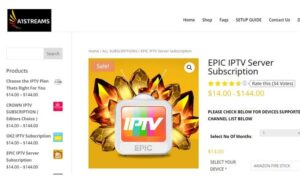The education system has certainly changed a lot in the past few decades. With the 21st century bringing about much in the way of new technology, we are seeing increasingly versatile and innovative media that allow us to communicate with each other. Much of this new technology also caters for a number of learning styles.
There are three main learning styles that exist, and knowing how these styles work allows teachers to develop techniques that can exploit them, with or without the aid of technology. Also, having information about these learning styles allows you to develop coping strategies to compensate for your weaknesses and helps you to capitalise on your strengths. The three basic learning styles are as follows:
– Visual learners – These are people that learn predominantly through seeing. They can effectively enhance their learning through reading teachers facial expressions and body language. It is for this reason that visual learners will usually choose to sit positioned at the front of the classroom where there are no visual obstructions. Visual learners think in pictures and can really benefit from the use of visual aids such as diagrams, graphs, illustrated textbooks, videos, and handouts.
– Auditory learners – These are people who learn through listening, responding best to verbal lectures, discussions, talking through concepts, and by listening to what other people have to say. Auditory learners are able to interpret the meanings of what people are saying through analysing subtle aspects such as intonation, pitch, and speed of the voice. For these types of learners written information may have little meaning until it is heard.
– Tactile learners – These are people who learn most effectively through hands on experiences that involve touching, moving and doing. Tactile learners are most receptive to practical examples, and learn through actively exploring the physical world around them. These types of learners may find it hard to sit still for long periods of time and become distracted by their need to actively explore.
With new technology such as interactive whiteboards it has never been easier to cater for all of these learning styles. PowerPoint presentations can easily incorporate a variety of audio-visual stimuli that will encourage students to actively engage in the session. There is a wealth of knowledge available on the Internet that can be transferred to a presentation at the click of a button, so you’re bound to find something to satisfy the needs of all learning styles, though tactile learners can be somewhat harder.



